With the arrival of spring heat, as soon as the plants come out of their winter dormant state, microscopic parasites of various colors — garden aphids — are observed on the succulent shoots of shrubs, fruit trees, and vegetable plantings. A subtle insect, up to 5 mm in length, can cause irreparable harm to the garden, causing the death of the plant. Therefore, it is very important to know how to deal with aphids on fruit trees.
Material Content:
The danger of aphids
Aphid on trees is observed in the spring, when fruit crops massively populating leafy buds are massively populated by it. More often and in greater quantities, aphids are observed on plums, apple trees, cherries, apricots and peaches.
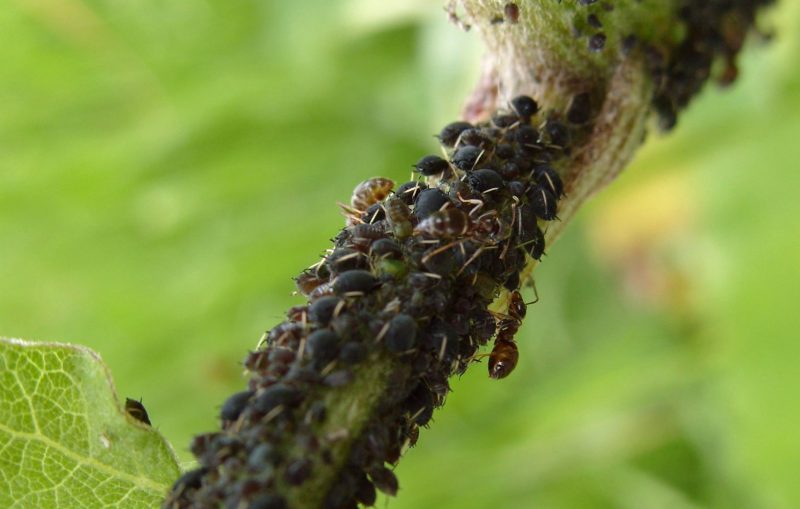
A tiny insect pest draws juice from leaves on a tree, draining them, so it develops rapidly, covering even larger areas. After colonizing the culture with a whole colony of food for insects is not enough. The appearance of young specimens with wings that are able to fly and populate another plant is noted.
Important! Aphids are able to give offspring during the summer season up to 20 times.
The product of vital activity secreted by aphids is sweet juice on which microscopic black soot fungi settle: aphids provoke the development of fungal diseases of the plant that can lead to its death.
How to reduce the risk of infection?
The effectiveness of the fight against aphids directly depends on preventive measures before the appearance of the pest.
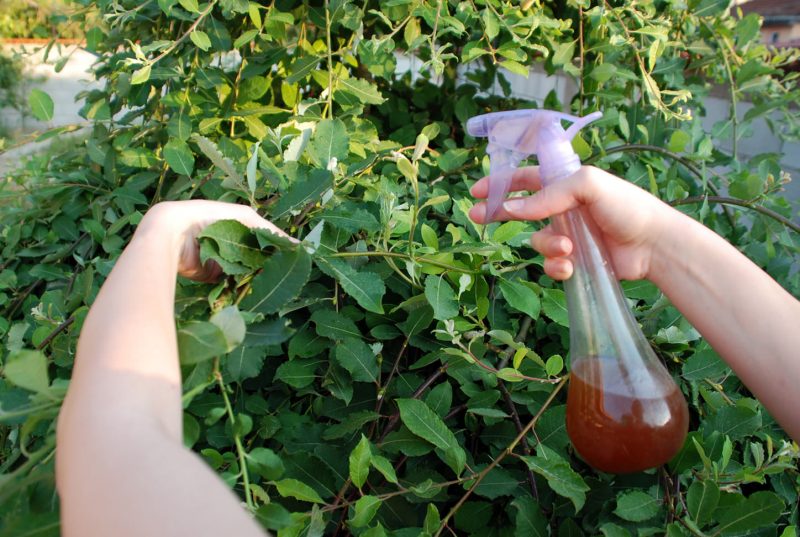
They are as follows:
- Before the onset of winter colds and after snow melts in early spring, exfoliated sections of the old bark are removed from the tree stands, which serves as a shelter for aphids for the winter and storage of its clutches.
- The cleaned barrel is disinfected, treated from pests using an aqueous solution of copper sulfate at the rate of 600 g of the product per bucket of water, then bleached.
- After the start of weed growth, timely weeding of the trunk circle is carried out.
- From the beginning of the swelling of flower buds, garden treatments have been systematically carried out.
- Under the fruit trees, a complex of nutrients is introduced in the correct proportions: weakened and actively growing plants are more often attacked by aphid colonies.
- Settlements of ants, which are carriers of aphids, are eliminated through the construction of barriers from the stripes of fluffy padding polyester on the stands of trees. A hunting belt made of synthetic winterizer or cotton wool is wrapped around the trunk at a height of 20-30 cm from ground level, lubricated before this solidol for the best effect.
Important! Make sure that the belt does not strongly dig into the tree trunk. At the end of the season, you must remove it.
- The conditions are created for the breeding of ladybugs, which destroy aphids throughout the growing season of the crop, by planting dill, daisies and preserving existing dandelions and yarrow.
How to get rid of aphids?
Read also:aphids on currants - how to fight?
Depending on the wishes of the gardener, as well as his physical and financial capabilities, the fight against aphids is carried out in various ways:
- chemical agents;
- mechanical method;
- biological method;
- folk remedies.
Important! Treatments of the garden from aphids should be carried out at least twice: the first spraying is carried out before the flower buds open - the pink cone phase, and then after flowering - the formation of the ovary. The processing time may shift slightly depending on the climatic zone of crop growth, the chosen protection method and weather conditions.
Chemicals
Specialty stores offer a wide range of diverse chemicals designed to eliminate aphids that show excellent results. Depending on the nature of the action, they are divided into insecticides of systemic and contact action. Pesticides work in situations where other methods are powerless: the aphid on the apple tree is in twisted leaves, where only a systemic insecticide can show an excellent effect.
Among the most popular, such aphids are distinguished:
Aktara.

Systemic insecticide with high toxicity. To prepare a working solution, to process a tree, 1.5 g of the drug per 10 liters of water is required. Spraying is carried out twice with an interval of 10-12 days.
Confidor.
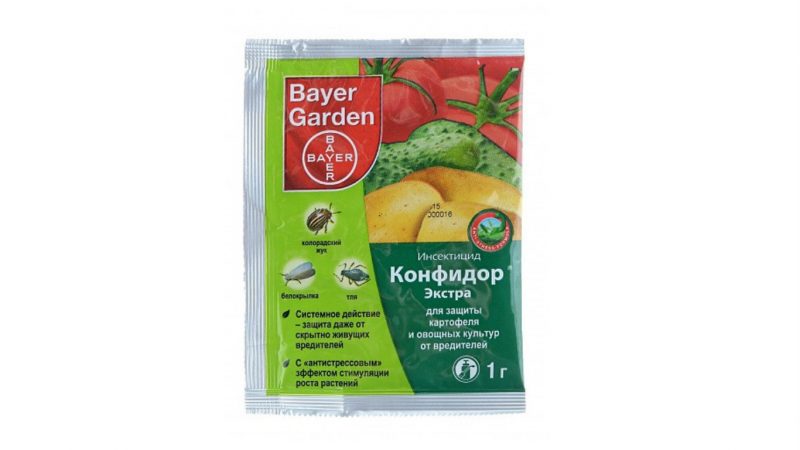
Effective systemic drug absorbed into the plant system. The working fluid is prepared by mixing 1 ml of insecticide with 8 l of water. The protective effect after treatment lasts for a month.
Fas.
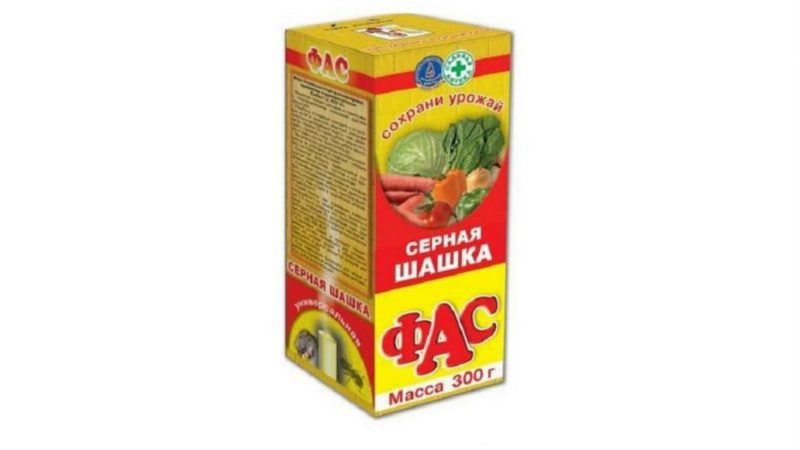
Tablet insecticide. The solution is prepared at the rate of one tablet per 10 liters of water. Processing is carried out in two approaches with a two-week interval.
Karate.
To prepare the working fluid, which can be used even in rainy weather, 2 ml of the drug per 10 liters of water is used. After spraying the tree, re-treatment is carried out no earlier than two weeks later.
Mechanical way
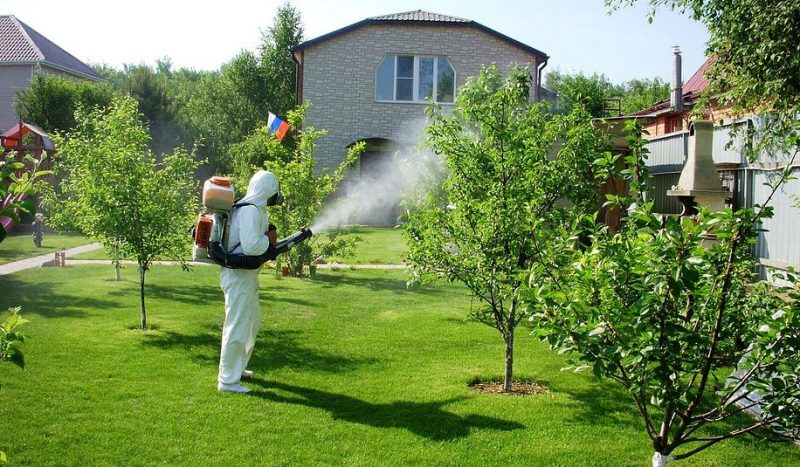
The mechanical method includes two main techniques that gardeners take to combat aphids:
- Removal of affected foliage on young trees at the first appearance of the insect.
- Washing branches and trunk with a jet of cold water under pressure to paralyze the insect and further death.
Advice! To increase the efficiency, water intake should be applied several times with a small interval.
Biological method
The biological control method is divided into the use of living organisms to protect plants and biological preparations.
- To defeat aphids will help the cultivation of umbrella crops - dill, carrots, parsley, fennel. These plants attract beetles. Lavender has repellent qualities for green aphids.Thyme, sown next to legumes, scares away black aphids. Growing nasturtium next to the cherry will make it possible to reduce the load of the black variety of the pest on the tree because of its attractiveness to it.
- The result demonstrates the use of biological preparations Fitoverm and Akarin, made on the basis of the vital product of the soil microorganism - aversectin.
Folk remedies
If you use folk remedies, then you can get rid of aphids quite cheaply. To combat aphids, you will need a regular soap or a plant with a sharp aromatic or taste.
Soap solution.
The liquid for getting rid of aphids, prepared on the basis of soap, which is detrimental to the soft shell of an insect, is very popular among gardeners. For cooking, 2 tbsp. spoons to combine with 1 liter of water and two glasses of sunflower oil. Spray a tree twice a week. After a week, when identifying individuals of the parasite, repeat spraying.
Garlic solution.
With the help of garlic fluid, the body of the parasite corrodes, cleansing the plant. For cooking, you will need to dilute 5 teaspoons of crushed garlic, 2 teaspoons of sunflower oil and 1 teaspoon of liquid soap in 0.5 l of water. After thorough mixing, the solution is ready for use.
Hot pepper broth.
The tool works by burning parasites with a caustic solution: insects turn black and crumble, cleansing the plant. To prepare a decoction, pour 300 g of hot pepper 3 liters of water, and then boil over medium heat for an hour. For a better result, the broth is infused for two days and filtered. Before processing the tree, the infusion is bred with 7 liters of water.
Infusion of celandine.
A harmful effect on aphids is provided by a solution prepared from 400 g of crushed fresh celandine, 1 liter of water. The ingredients are mixed. The mixture is infused for a day, or boils for half an hour. Before use, the infusion is added to 5 liters of water.
Tobacco tincture.
The product is prepared by insisting 40 g of dried tobacco in 1 liter of water for 48 hours. After filtering, another 1 liter of water is added to the infusion. The working fluid for processing is used in a ratio of 2 liters of product to 5 liters of water.
So, a tiny but very harmful insect develops on almost any garden plants. And if preventive measures did not help - settlement still happened, then you should apply a set of protective measures, which in combination of various methods of control will give the best result.












